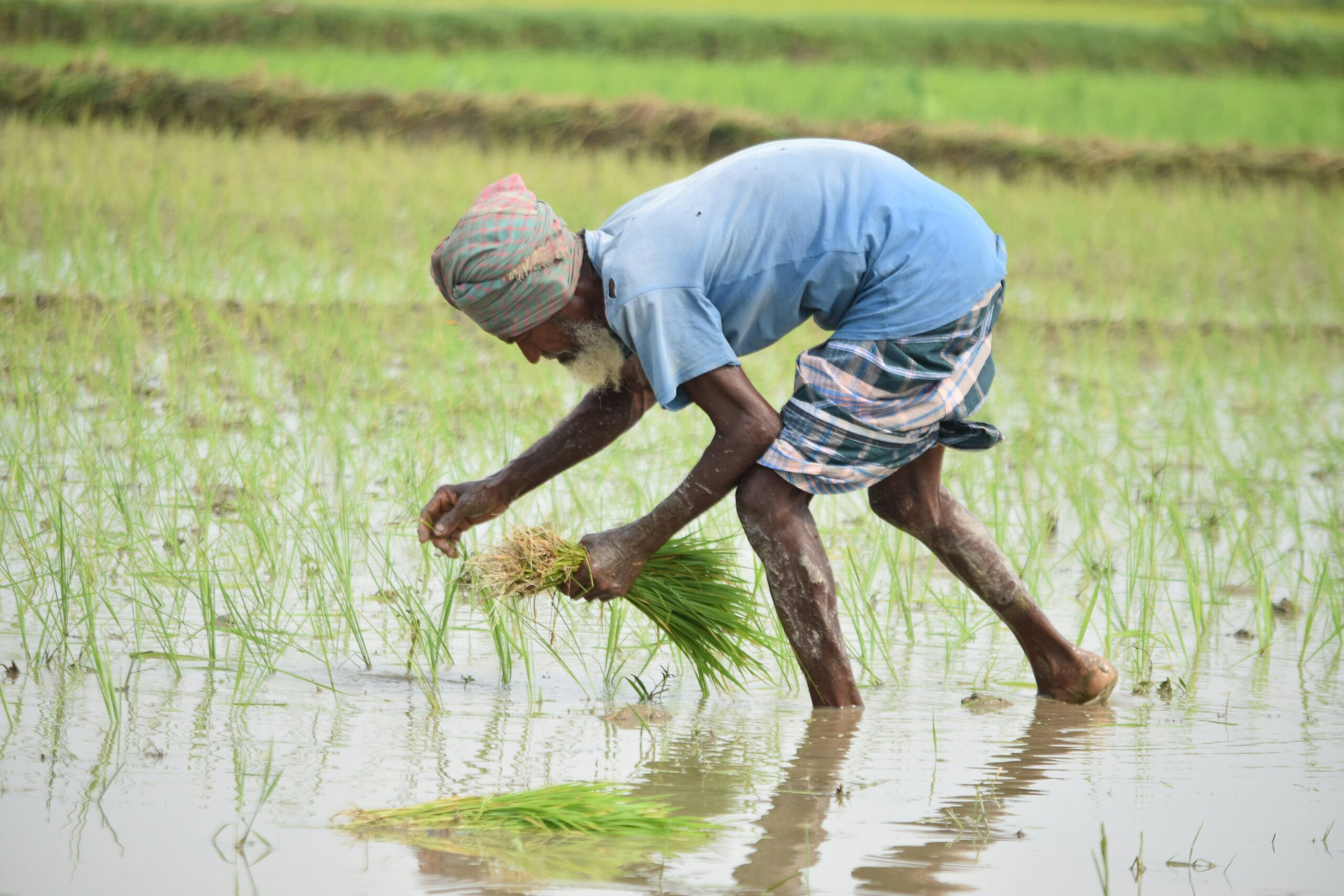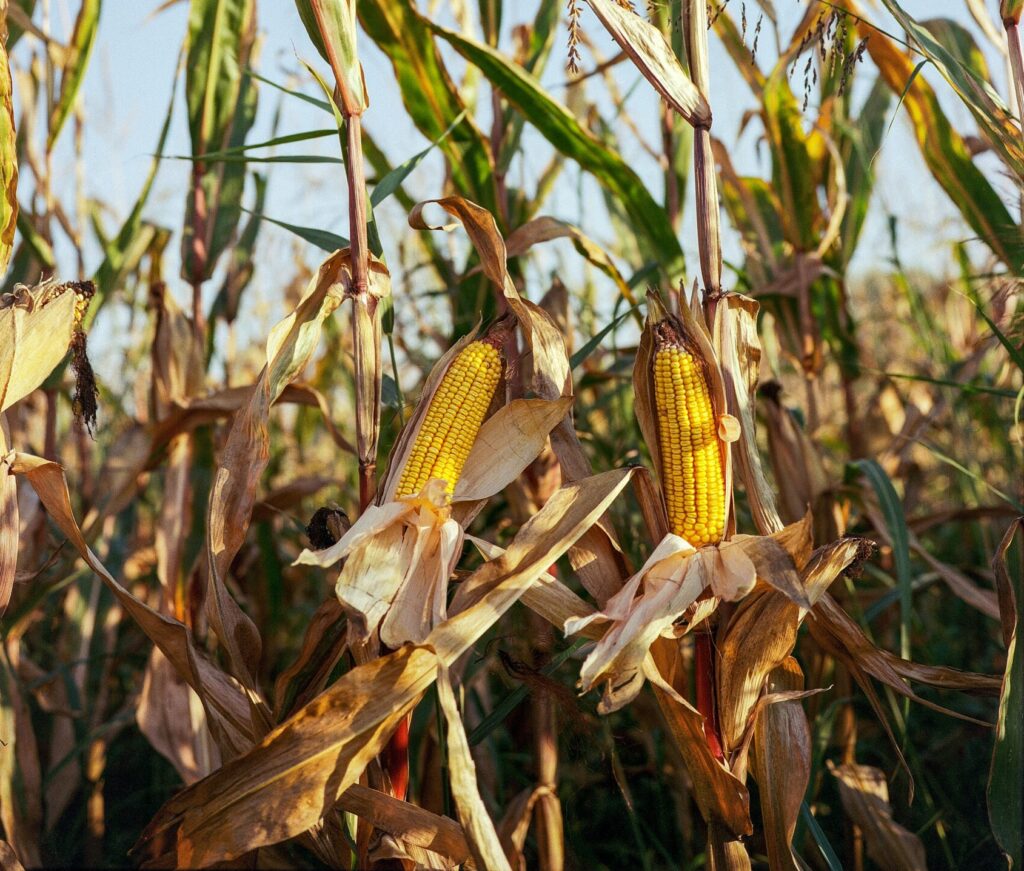Sowing or planting rice is a critical stage in the cultivation process, as it directly influences crop density, growth, and yield. Depending on resources, climate, and field conditions, farmers can choose from various methods to establish rice crops effectively. Here’s a closer look at the primary methods and steps involved in planting rice.
Direct Seeding
Direct seeding involves sowing rice seeds directly into the field. This method is generally faster and requires less labor compared to transplanting. There are two main types of direct seeding:
- Dry Seeding: Seeds are sown into dry soil and then irrigated. This method is suitable for areas with limited water supply and can reduce labor costs.
- Wet Seeding: Seeds are pre-soaked and then broadcasted onto flooded fields. Wet seeding minimizes weed growth and can yield higher crops in flood-prone areas.
Advantages of Direct Seeding:
- Lower labor costs and time savings.
- Earlier maturation due to minimal transplanting stress.
Challenges of Direct Seeding:
- Weed management can be more challenging, particularly in dry-seeded fields.
- Seeds may face bird and pest damage, requiring more protection.
Transplanting Rice Seedlings
Transplanting is a traditional rice planting method where seedlings are first grown in a nursery and later transplanted into the main field. This method allows for more control over plant spacing and early weed management. Transplanting typically involves two stages:
- Nursery Preparation: Seeds are sown in a controlled nursery area, often with nutrient-rich soil. This allows the seedlings to grow in ideal conditions for about 20–30 days before being moved.
- Field Transplanting: Seedlings are transplanted by hand or machine into flooded fields. Proper spacing between seedlings helps reduce competition for resources, improving yield potential.
Advantages of Transplanting:
- Increased plant spacing for better growth and pest management.
- Reduced water and seed requirements, as only healthy seedlings are transplanted.
Challenges of Transplanting:
- Higher labor demand and longer crop establishment time.
- Some stress to seedlings when moving from nursery to the main field.
Machine-Assisted Planting
- Mechanical Seeders: Modern machines like seed drills or planters can help sow rice efficiently in large fields.
- Transplanting Machines: Rice transplanters reduce labor by transplanting seedlings quickly and uniformly, ideal for larger farms.
Advantages of Machine-Assisted Planting:
- Saves time and labor, especially on larger farms.
- Ensures consistent seed placement, which leads to more uniform crop stands.
Best Practices for Sowing or Planting Rice
- Seed Selection: Use high-quality, disease-resistant seeds adapted to local conditions.
- Proper Timing: Consider climate and water availability when deciding on planting time. Sowing at the right time helps seedlings establish more effectively.
- Water and Weed Management: Effective water and weed control are crucial for both direct-seeded and transplanted fields to prevent competition and ensure healthy growth.
- Optimal Spacing: Proper spacing during planting helps minimize disease spread and optimizes sunlight exposure.
Selecting the right sowing or planting method depends on several factors, including farm size, labor availability, water resources, and climate. By understanding each approach and adopting best practices, farmers can establish healthy rice crops that maximize yield and meet local agricultural needs.





















